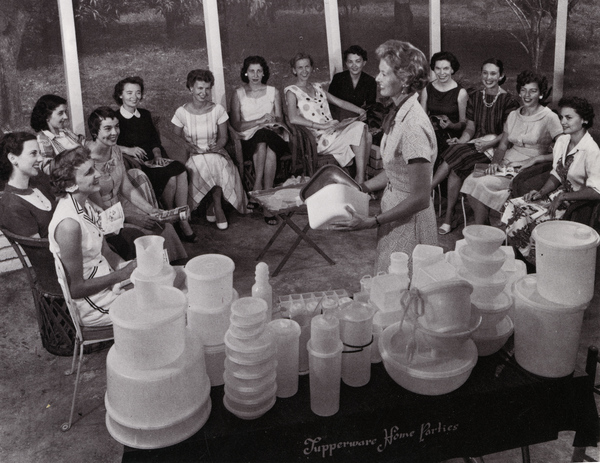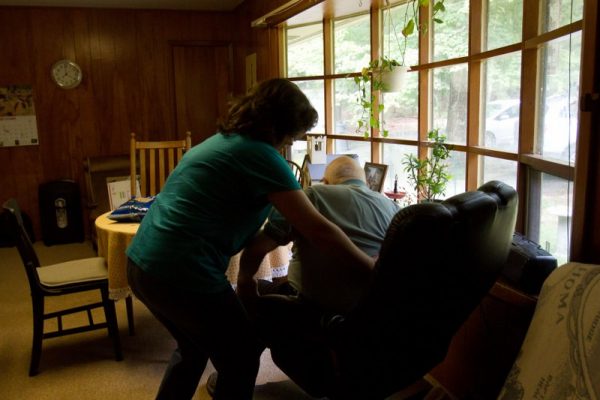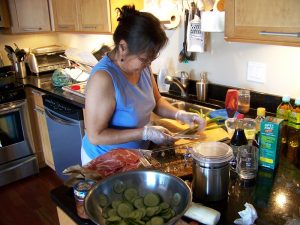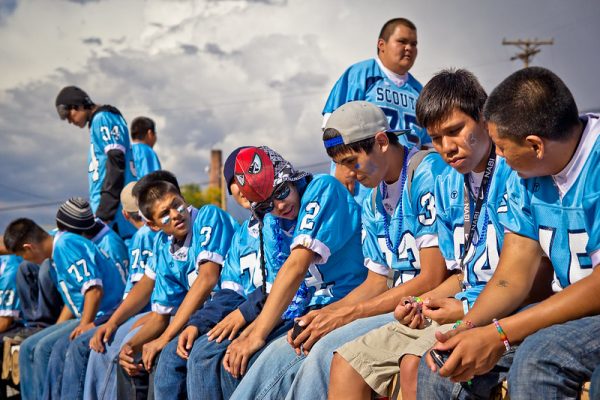Originally posted on March 16, 2017
The United States and the United Nations have had a closely intertwined relationship since the organization’s founding in 1945. The UN deals with a broad range of issues around the globe, and its widespread influence is often controversial. However, the influence of the United Nation continues to be instrumental in promoting crucial human rights causes, and the reach of its aid is arguably beyond compare. Despite its numerous shortcomings, the UN plays a crucial role in promoting human rights norms across the globe.
Throughout the 1990s in particular, the United Nations took on a central role in the global justice process. It organized and funded international courts following episodes of mass violence, such as the International Criminal Tribunal for Rwanda, and it made indictments for egregious crimes possible for the first time (including the crime of genocide). Sociologists find that the existence of these courts have a global impact in providing justice, and the trials seem to have a positive effect in reducing human rights violations in the long run.
- Kathryn Sikkink. 2011. The Justice Cascade: How Human Rights Prosecutions Change World Politics. New York: Norton.
- Joachim Savelsberg. 2015 Representing Mass Violence: Conflicting Responses to Human Rights Violations in Darfur. Oakland: University of California Press.
The judicial process alone cannot adequately address global human rights issues — humanitarianism and diplomacy also play key roles. The United Nation arguably plays the most dominant global role in these initiatives, with monumental campaigns addressing topics like hunger, refugee needs, and climate change. The UN has been criticized for showcasing Western ideals and not taking into account cultural contexts, such as early endeavors to reduce female genital cutting. However, the UN has made improvements and when programs are approached as an opportunity for partnership and not dominance, the outcomes can be quite positive. For example, the agency has taken great strides in promoting gender equality and access to education.
- Ann Quennerstedt and Mikael Quennerstedt. 2013. “Researching Children’s Rights in Education: Sociology of Childhood Encountering Educational Theory.” British Journal of Sociology of Education. 35(1): 115-132.
- Melanie M. Hughes, Mona Lena Krook, and Pamela Paxton. 2015. “Transnational Women’s Activism and the Global Diffusion of Gender Quotas.” International Studies Quarterly. 59(2): 357-372.
- Elizabeth Heger Boyle. 2002. Female Genital Cutting. Baltimore: Johns Hopkins University Press.









